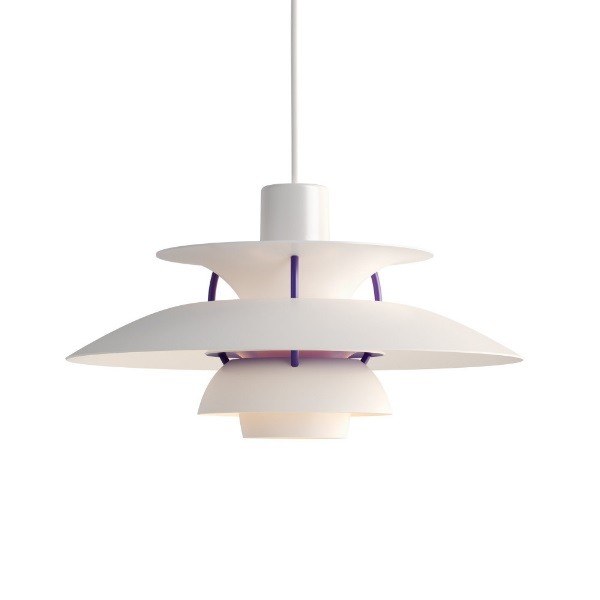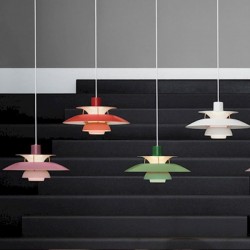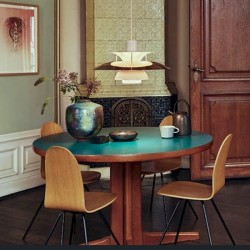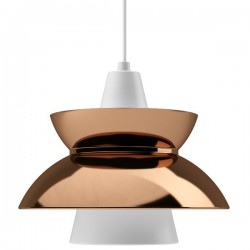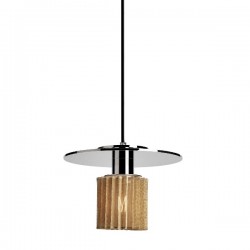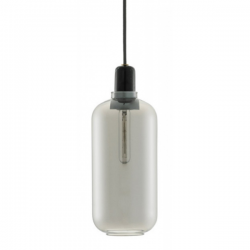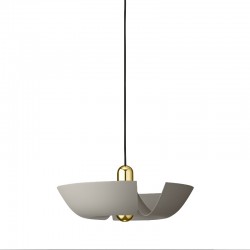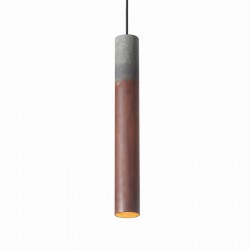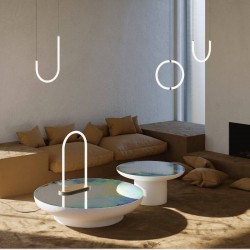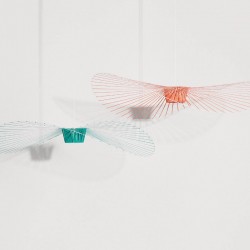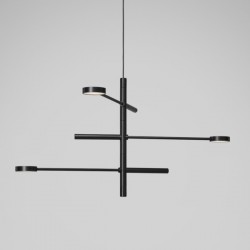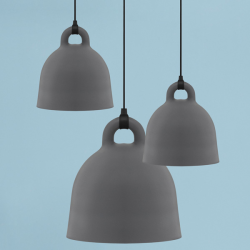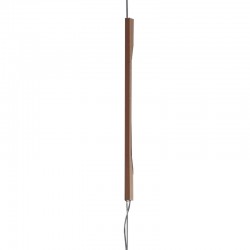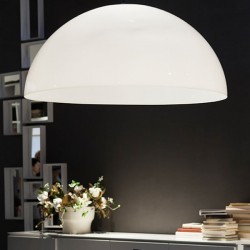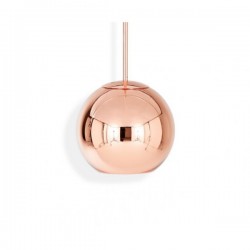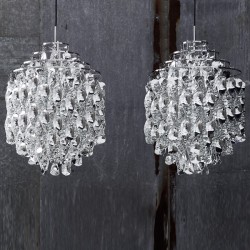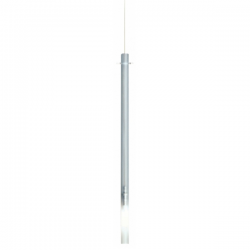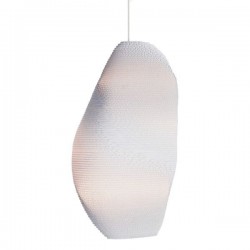Louis Poulsen PH5 Mini Pendant Lamp
Introducing PH 5 Mini - first ever resize of the world-famous PH 5 pendant
“Why the hell have the blind who call themselves lighting technicians never actually looked at the colours of daylight – when that is really what gives light and life true richness?” - Poul Henningsen, 1958.
Poul Henningsen was a pioneer of lighting design. He was one of the first to recognise the importance of the shaping of light, and in 1958, as a follow-up to his three-shade system from 1926, he designed the PH 5 pendant. Rooted in a meticulous analysis of the reflective qualities of light, Poul Henningsen’s PH 5 light is recognised as a Danish design classic and is notable for its innovative glare-free shape and uniform illumination. In the spirit of Poul Henningsen, Louis Poulsen now launches PH 5 Mini, a resize of the classic pendant, to cater to contemporary and creative living.
Can't find it! We can supply all products from Louis Poulsen, If you know what you are looking for and it is not yet featured, please send us a request
- Specifications
Mounting Suspension type:
Canopy: Yes
Light source (Not included) EU: Max 40W E14, US: Max 40W E26, JP: Max 40W E17Kindly note that this product is CE-approved only and should only be used in countries that follow and accept this standard. If it is used elsewhere it will be at the customer's sole risk, responsibility and liability.
- Size Description
Dimensions Diameter 30cm, height 16.3cm
Cable 2x0,75mm²
Cable length: 3m
-
Poul Henningsen
Poul Henningsen was born in Copenhagen by the famous Danish actress Agnes Henningsen. He never graduated as an architect, but studied at The Technical School at Frederiksberg, Denmark from 1911-14, and then at Technical College in Copenhagen from 1914-17. He started practicing traditional functionalistic architecture, but over the years his professional interests changed to focus mainly on lighting which is what he is most famous for. He also expanded his field of occupation into areas of writing, becoming a journalist and an author. For a short period at the beginning of WWII, he was the head architect of the Tivoli Gardens in Copenhagen. But like many other creative people, he was forced to flee Denmark during the German occupation but soon became a vital part of the Danish colony of artists living in Sweden.
こちらの商品もお好みかもしれません
Louis Poulsen PH5 Pendant Lamp
Louis Poulsen PH5 Copper Pendant Lamp
Related products
Louis Poulsen Doo- Wop Pendant Light Metal
DCW Editions In The Sun Pendant Lamp 27cm
Normann Copenhagen Amp Pendant Large
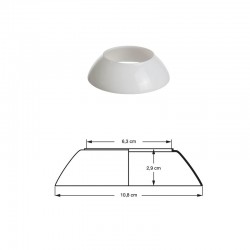


 EUR
EUR


